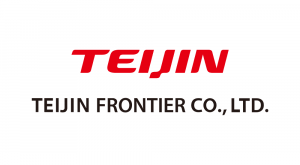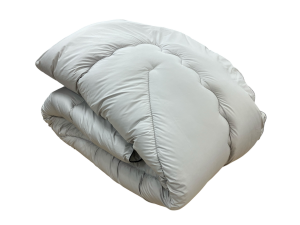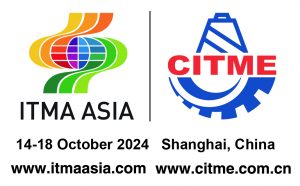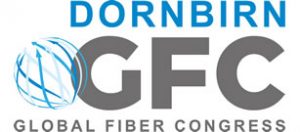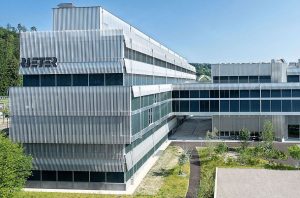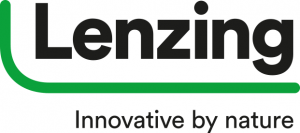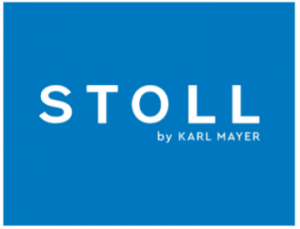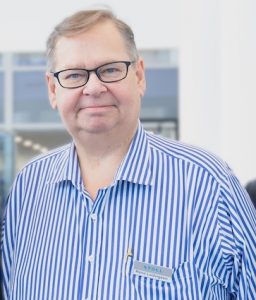 KANSAS CITY, Mo. — November 6, 2024 — eVent®️ Fabrics, a global supplier of waterproof and breathable fabric technologies, is doubling down on their PFAS-free laminate offerings by hiring textile engineer and R&D leader Cathy Shao to the newly created Innovation Director role.
KANSAS CITY, Mo. — November 6, 2024 — eVent®️ Fabrics, a global supplier of waterproof and breathable fabric technologies, is doubling down on their PFAS-free laminate offerings by hiring textile engineer and R&D leader Cathy Shao to the newly created Innovation Director role.
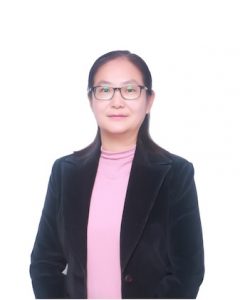
Shao will develop next generation fabric technologies and drive the innovation of cutting-edge, sustainable laminates, while also helping to expand and improve the eVent BIO and alpine ST collections. As global regulations and customer sentiment drive the demand for PFAS-free performance laminates, the timing is perfect for bringing new high-performance all-weather apparel, footwear, and accessory innovations for outdoor activities including run, bike, ski, hike, sail, hunt, fish, and golf to market.
“Cathy brings a wealth of experience and talent to the eVent team and we’re looking forward to having her help us reach our goals of offering the highest-performance fluorine-free fabric technologies that meet or exceed global regulations and customer expectations,” said Chad Kelly, President of eVent Fabrics. “Our mission is clear and we are certain Cathy will be a true asset as eVent continually looks to innovate beyond the status quo and defy the boundaries of possibilities.”
In her previous roles, Cathy worked as a senior engineer and R&D leader in various industry-leading textile giants, including over 10 years with Dupont China. She has specialized in research and development of textile fibers and yarns based on different polymers, such as Bio-based polymers, Sorona®, PA56, and more. Her abundant experience in polymer material science, strong sense of new innovations, and well-established network will bring great value to eVent Fabrics. Cathy will continue the development and expansion of eVent BIO and alpineST as well as exploring new fabrics and membrane technologies. She holds a Master’s degree of Polymer Material Science in Donghua University.
Cathy officially started with eVent Shanghai on Nov. 4, 2024
Posted: November 6, 2024
Source: eVent® Fabrics

